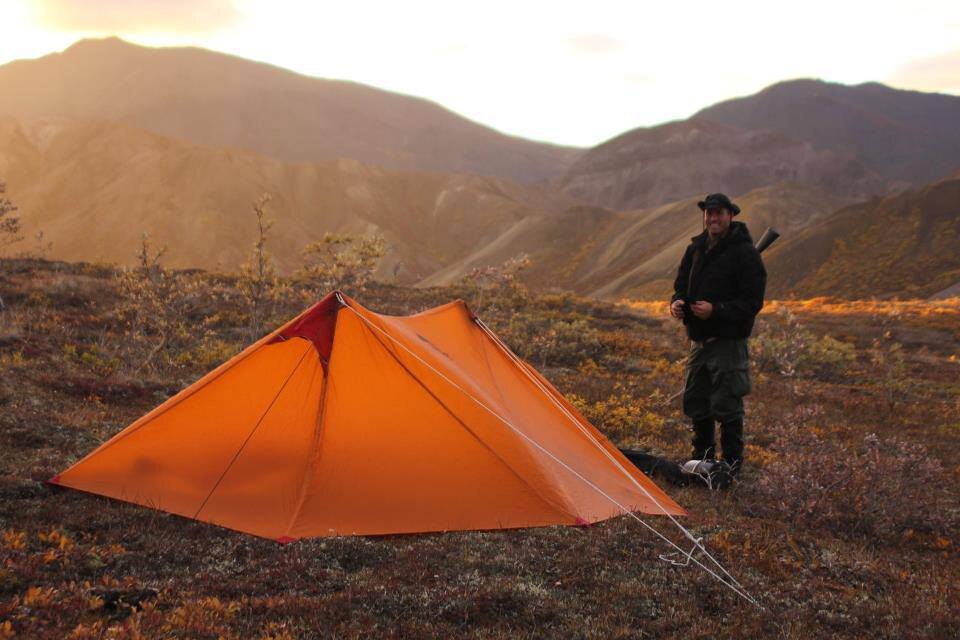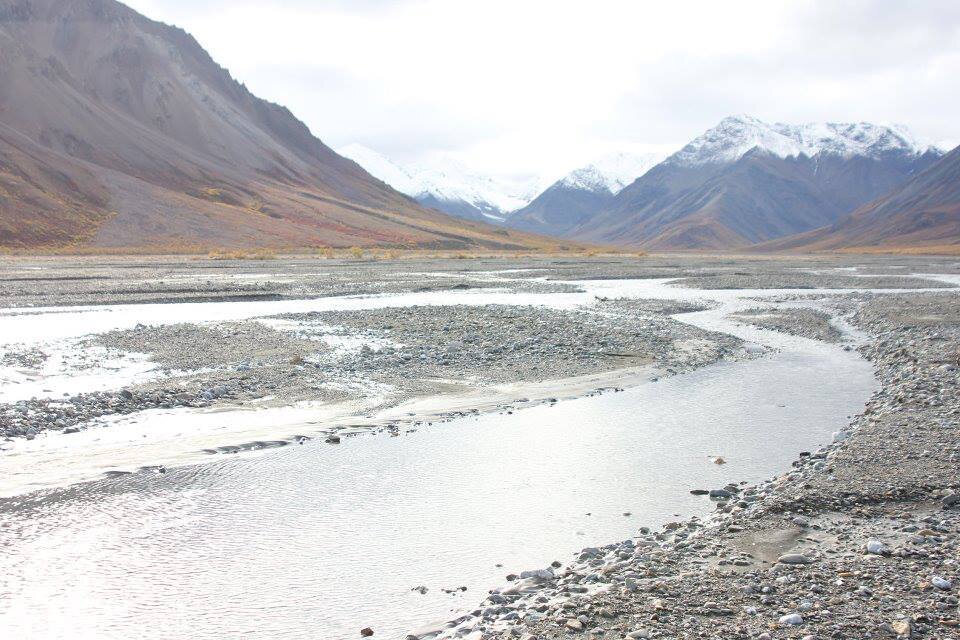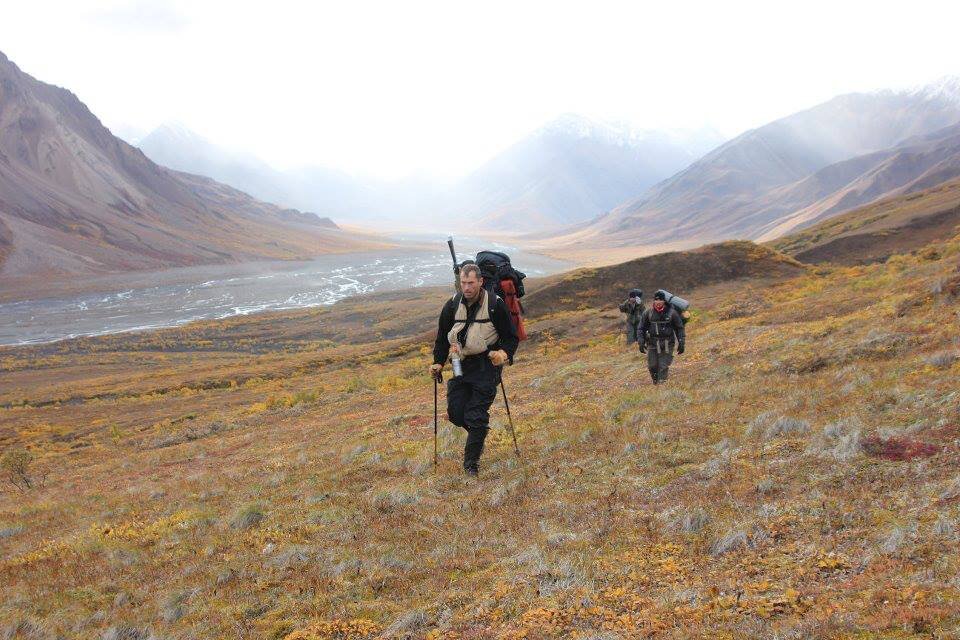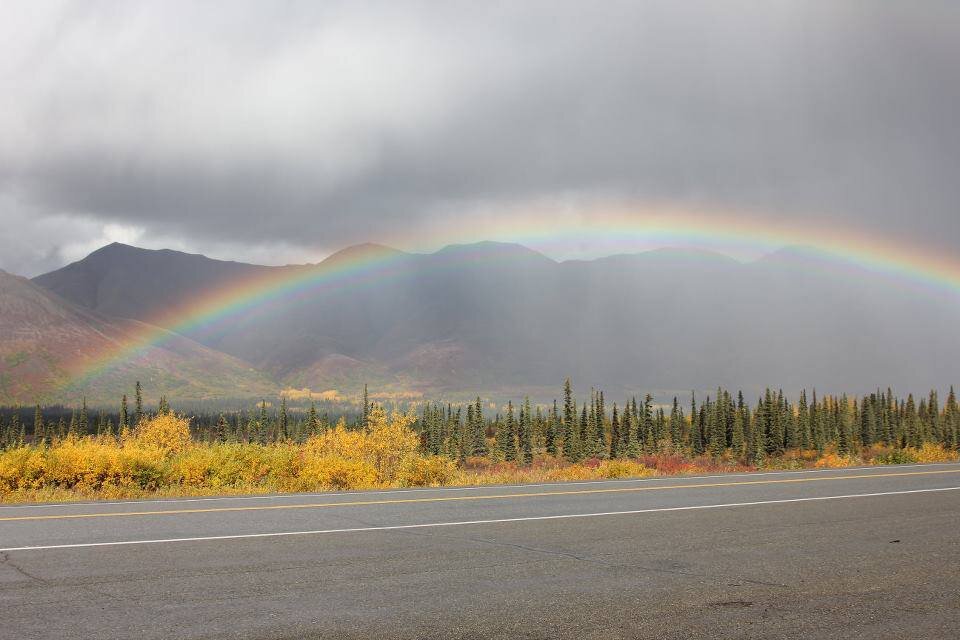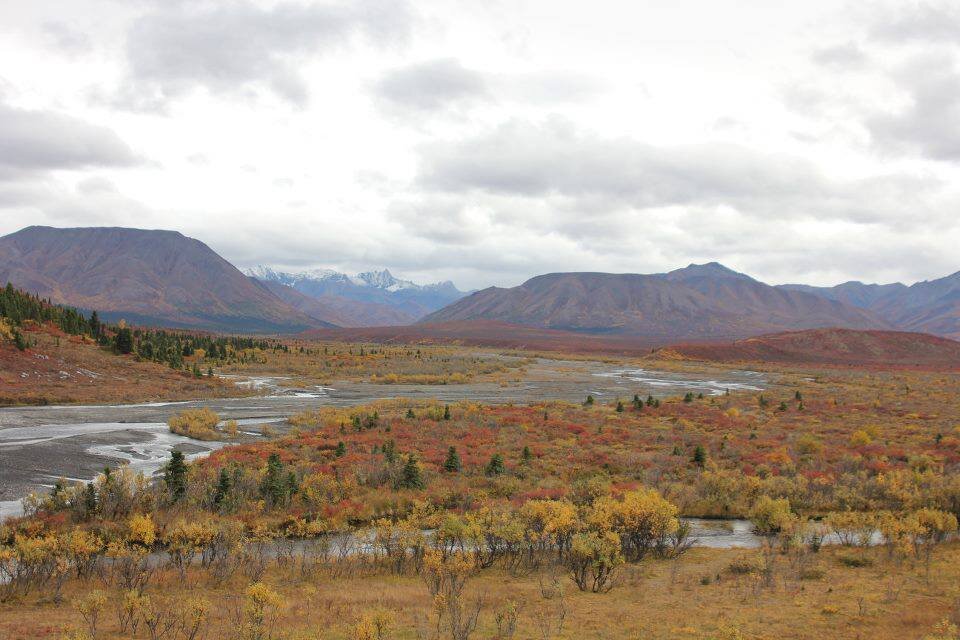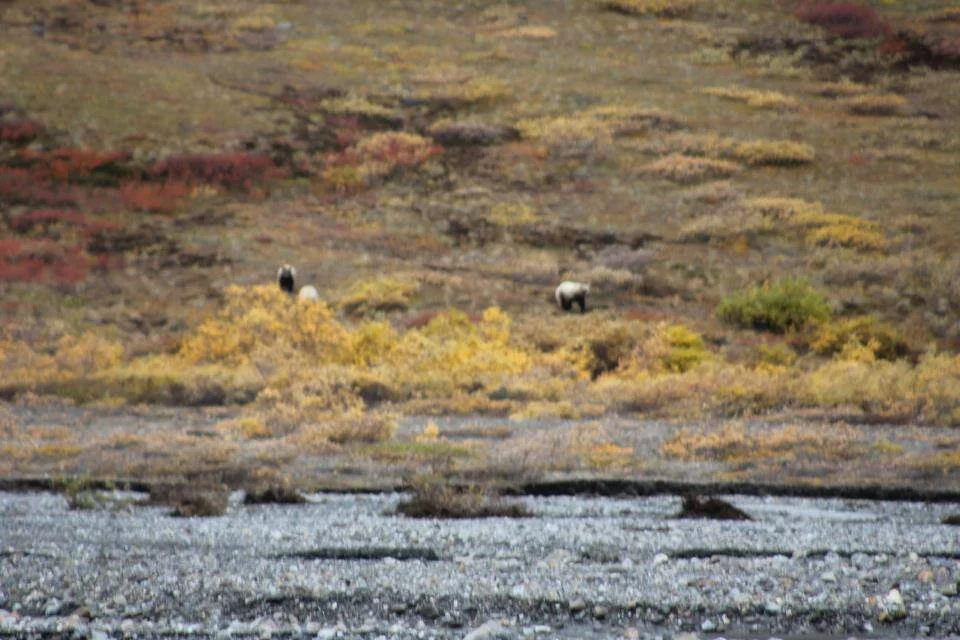Do Not Run from Bears
BEAR!!!
Several days into a wilderness backpacking trip in Alaska’s Denali National Park, one member of our team called out the “Bear!” alert as we crunched along the Teklanika River’s rocky bed in this massive—and incredibly beautiful—wilderness. A huge mama grizzly and her two cubs were eating berries on the sunny mountainside above us. From a comfortable distance, we enjoyed watching the trio peacefully feed.
Some of the bears I encountered in Denali National Park.
Things changed very quickly. One of the cubs thought it'd be fun to run down and check us out. Not to be outdone, its twin joined chase, and, of course, then mom had to start bounding down the slope toward us to keep tabs on her cubs.
I had bumped into bears in the woods before, had read extensively on bear behavior, and had even delivered training on camping safely in bear country. On paper, I knew what to do, but now, in real life, I had to actually do it: fight the fear, stay calm, make yourself look big, and, most importantly, DO NOT RUN! Running is believed to indicate to the bear that you are prey and has often resulted in an actual attack. When holding your ground, grizzly bears typically halt their charge.
As the three bears quickly closed the distance between us, my trail mates and I made a human wall, readied our defenses, yelled and waved our arms over our head, and watched the big brown bundles of fur and fangs continue to hurtle toward us.
We managed to stand firm, following the bear safety tactics I’d studied, and as quickly as the cubs had started their charge, the mama bear let out a bellow and the cubs pulled-up and stopped. There were a few tense moments as the bears considered closing the final gap between us before all three bears quietly ambled away from us and continued their search for delicious Alaskan blueberries.
Watching this week as the bottom fell out of stocks and reaching “bear market” territory at record speeds is shocking. No matter how many paper and pencil discussions we’ve had or how many Monte-Carlo stress test simulations we’ve run, when the market drops like it did this week, it feels different in real life. These kind of drops also test us neurologically, psychologically, and emotionally.
The good news is that we’ve been through this before—and we’ve survived! We are prepared, we know what to do, and we know what not to do. A couple of things to keep in mind:
Our retired clients are positioned in the same types of portfolios that retirees have safely lived off through past bear markets.
Our clients who are still working and working to accumulate wealth may not realize it now, but will surely look back on this as an opportunity to buy great companies on sale.
Most importantly, we know that for anyone holding diversified portfolios, we DO NOT RUN. We do not want to “sell low,” likely locking in losses and missing the recovery.
Stock markets have recovered from 100% of past bear markets. Not all individual company stocks have recovered; in fact, many have fallen victim to economic crises, but the broad basket of company stocks has been a wealth builder throughout the ages, despite suffering many bear markets along the way.
This chart from J.P. Morgan provides a breakdown of past market crashes, as well as their depth and length. Of particular importance, note the length and strength of the recoveries following each bear market:
Study the bear market lessons of history, and DO NOT RUN!
If you’d like to hear more of my thoughts about bear markets and related issues, check out this radio segment I did with WTIP radio last week. As always, feel free to contact me with any questions or concerns.
A few more photos from our Denali backpacking trip:
